Menu
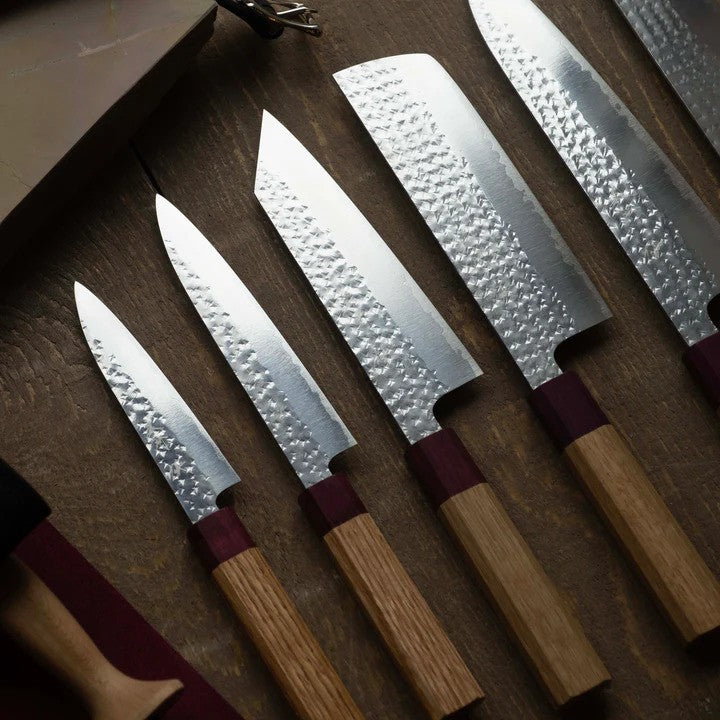
THE BLACKSMITH
YU KUROSAKI
- Choosing a selection results in a full page refresh.


















Usually ready in 1 hour
| Blade Length | 120 mm |
| Total Length | 250 mm |
| Steel | R2 (SG2) |
| Handle | Oak |
| Ferrule | Buffalo Horn |
| Rockwell | 64 |
| Height Spine to heel | 30 mm |
| Width at Spine | 1.76 mm |
| Weight | 64 grams |
| Bevel | Double (50/50) |
The Knife
The Shizuku series is hand forged by Kurosaki-san. It has been a little while since we last received any of his Shizuku series of knives so we are extremely excited to have these in the shop. They have a beautiful tsuchime finish and excellent blade geometry. These are easily some of the sharpest knives we've ever had the pleasure of using. User beware, these are firmly in laser status and are delicate knives that need to be treated with caution to avoid chipping or other such damage.
Yu Kurosaki
These are easily some of the most beautiful knives we have at the shop. Made by Master Blacksmith Yu Kurosaki who works out of a newly constructed shop just steps from the Takefu knife village community centre. He began his blacksmith journey in 2002 at Kanehiro and now only 17 short years later he has been awarded his Master Blacksmith designation by the Echizen Blacksmith Foundation. His knives represent the future of Blacksmithing in Japan as he focuses on traditional technique while using innovative and progressive design's and finishes that have garnered the attention of many chef's around the globe. Simply put his knives are stunning to look at and dare we say perform even better than they look.
Takefu Knife Village
The Takefu Knife Village is a cooperative workshop in the Echizen region of Japan. It is the home to a long list of blacksmiths that we work with and many young and upcoming apprentices learning the trade. The area has a 700 year long history of smithing with roots in agricultural tools turned cutlery powerhouse.
Follow these care recommendations for your Japanese knives to protect the edge and keep them sharp as long as possible:
All products are shipped within 24 hours. We offer same day shipping for products ordered by 12pm. Please allow 4-7 business days for your shipment to arrive with standard shipping. Expedited shipping options are also available at checkout.
We offer free shipping on orders within Canada over $150 CAD and free shipping on orders to the US over $200 USD.
Curbside pick-up is available at both our Hamilton and Etobicoke locations.
To make sure our customers are always satisfied, we offer full refunds on products for 14 days after receiving them. See our full return policy for details.
More questions? Check out our shipping policy, our return policy, or reach out to us directly.
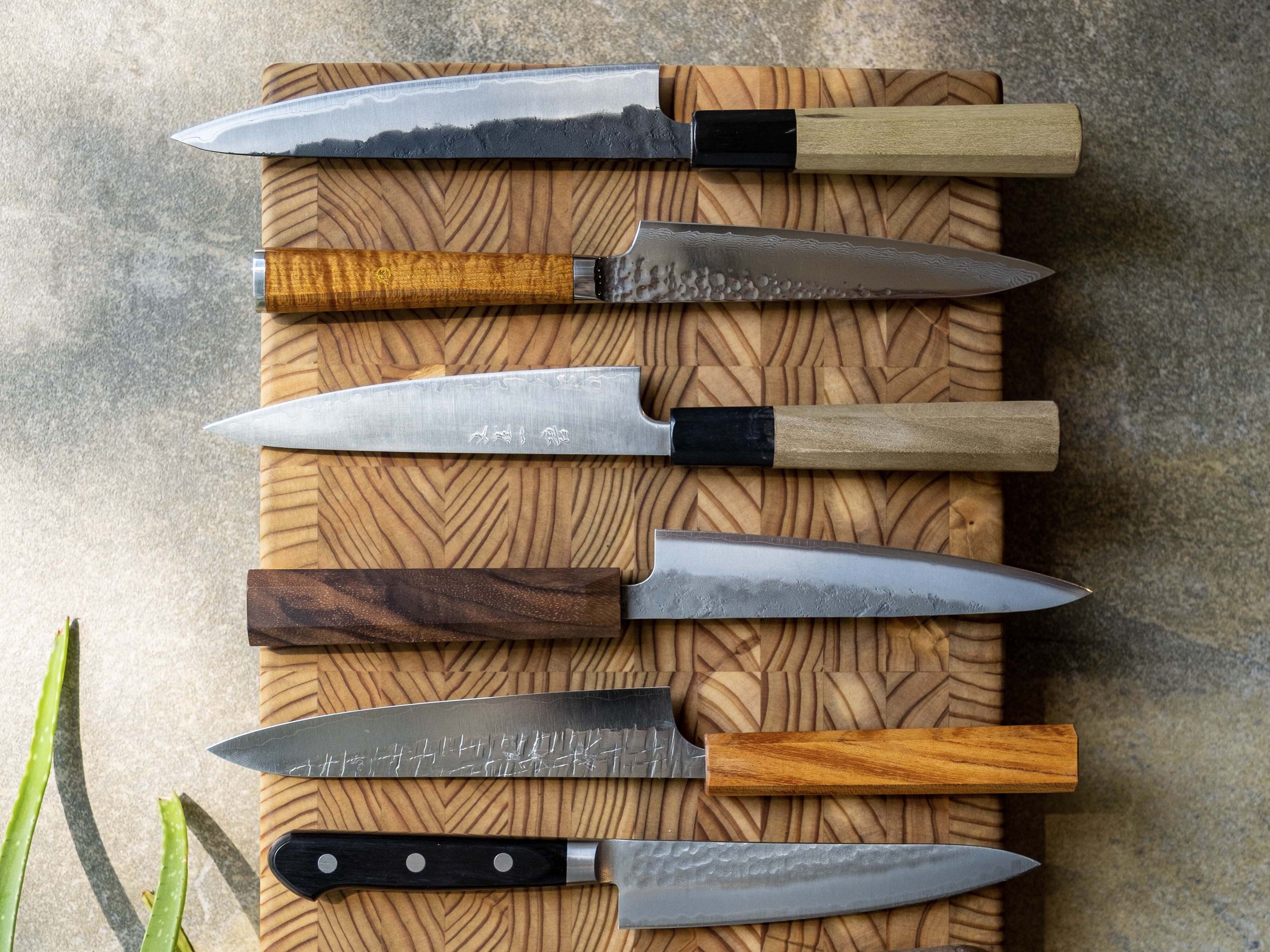

The petty knife is the Japanese equivalent of a utility knife. They typically range in size from 90 mm (3.5 inches) to 150 mm (6 inches) and have a slender, easy-to-control, short blade. They are a perfect accompaniment to a Gyuto, Santoku, or Bunka, as they facilitate smaller tasks. Shorter versions are great for in-hand use. Longer versions are great for fine chopping and managing small ingredients on a cutting board. They also handle butchery tasks with ease.
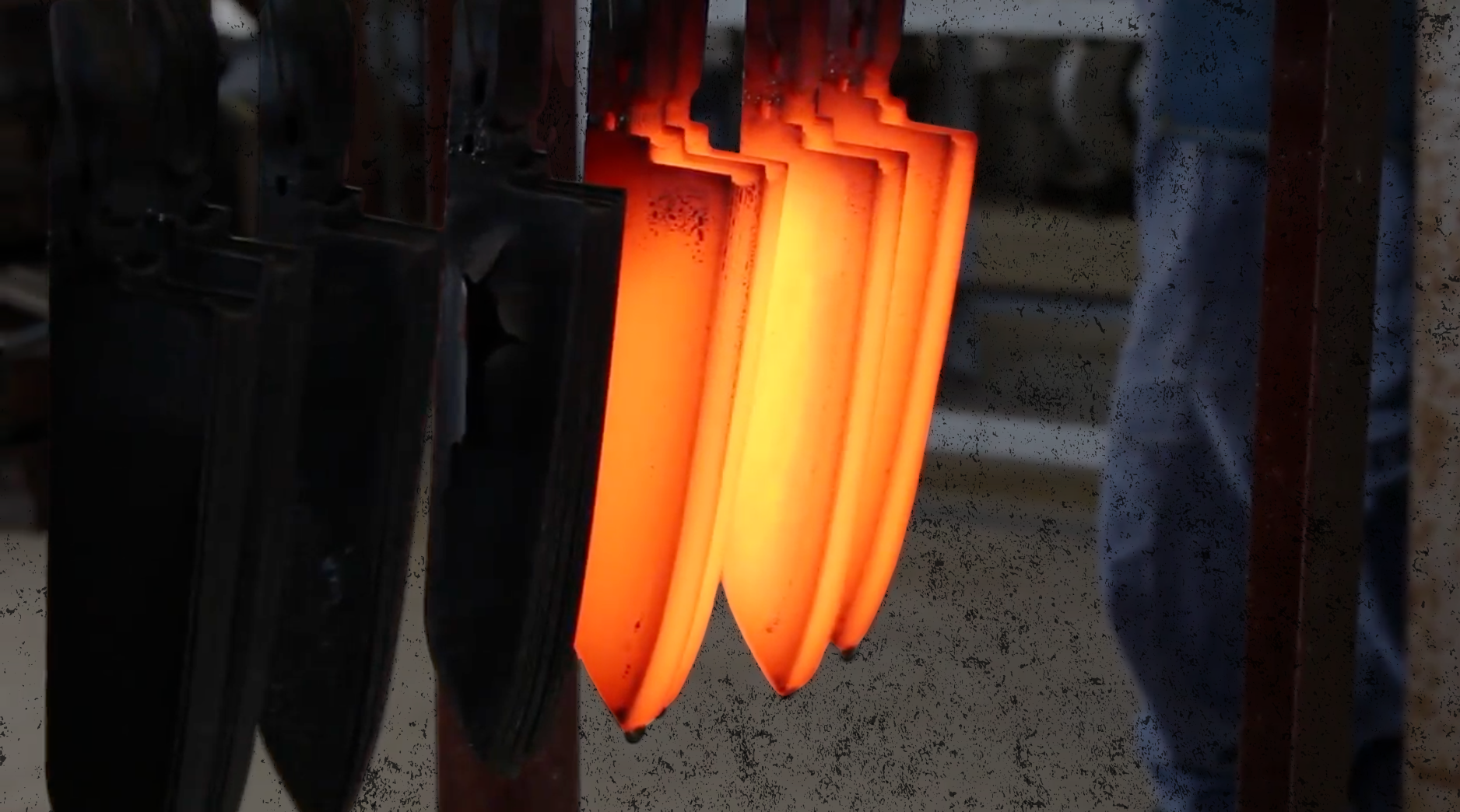
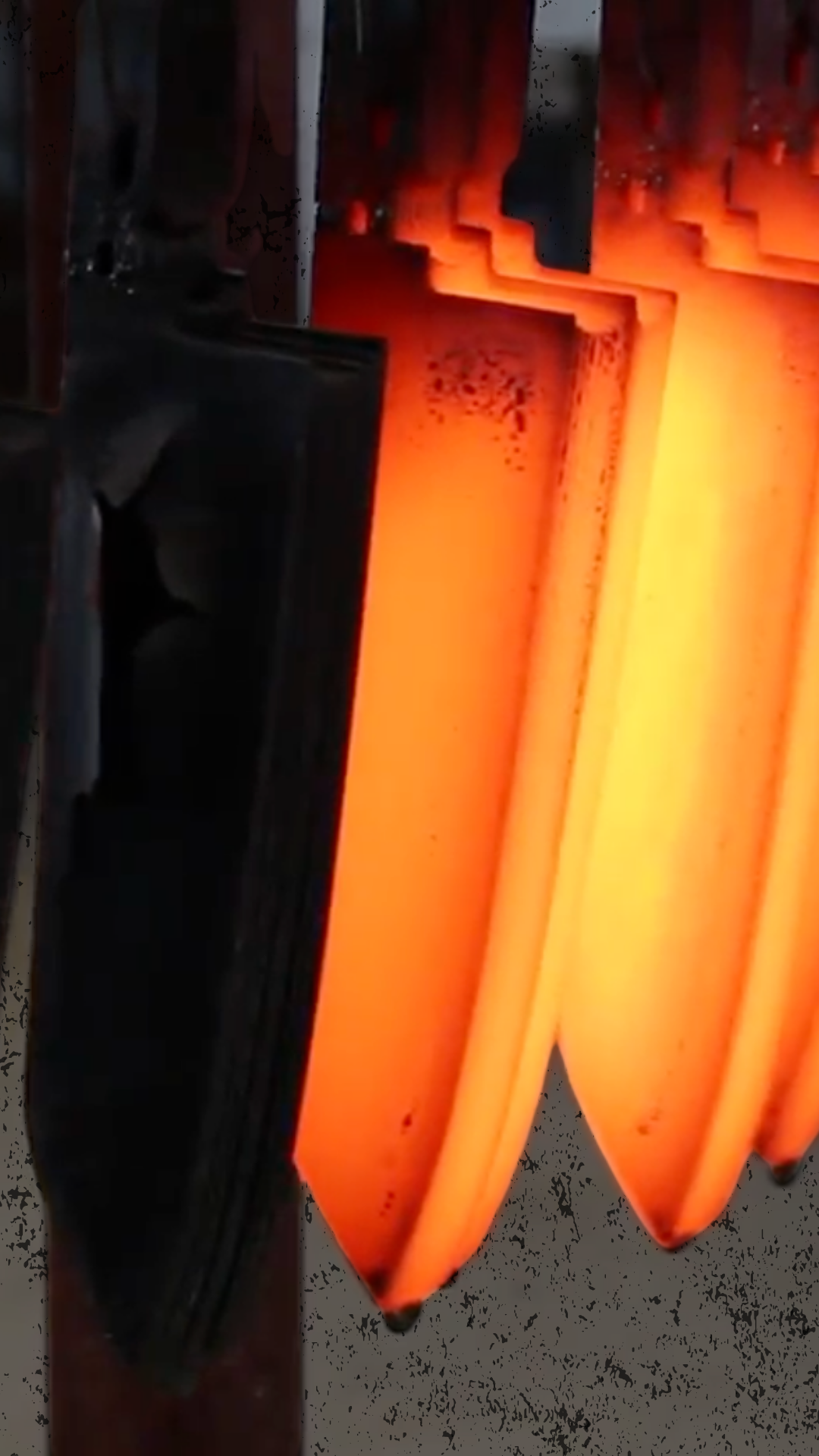
R2 and SG2 are technically different steel types, but are so similar we and many other retailers lump them into the same category. They are what’s known as a “quick powdered” stainless tool steel with incredible edge retention and corrosion resistance. Their one drawback is that their hardness can make them difficult to sharpen. It is not a steel we would recommend for those planning to thin and polish the bevels of their knives unless they are equipped with the proper tools (you will need a low grit stone in the #200 grit range).
Chemical Composition:
C 1.25-1.45% | Cr 14.0-16.0% | Mo 2.3-3.3% | V 1.8-2.2%
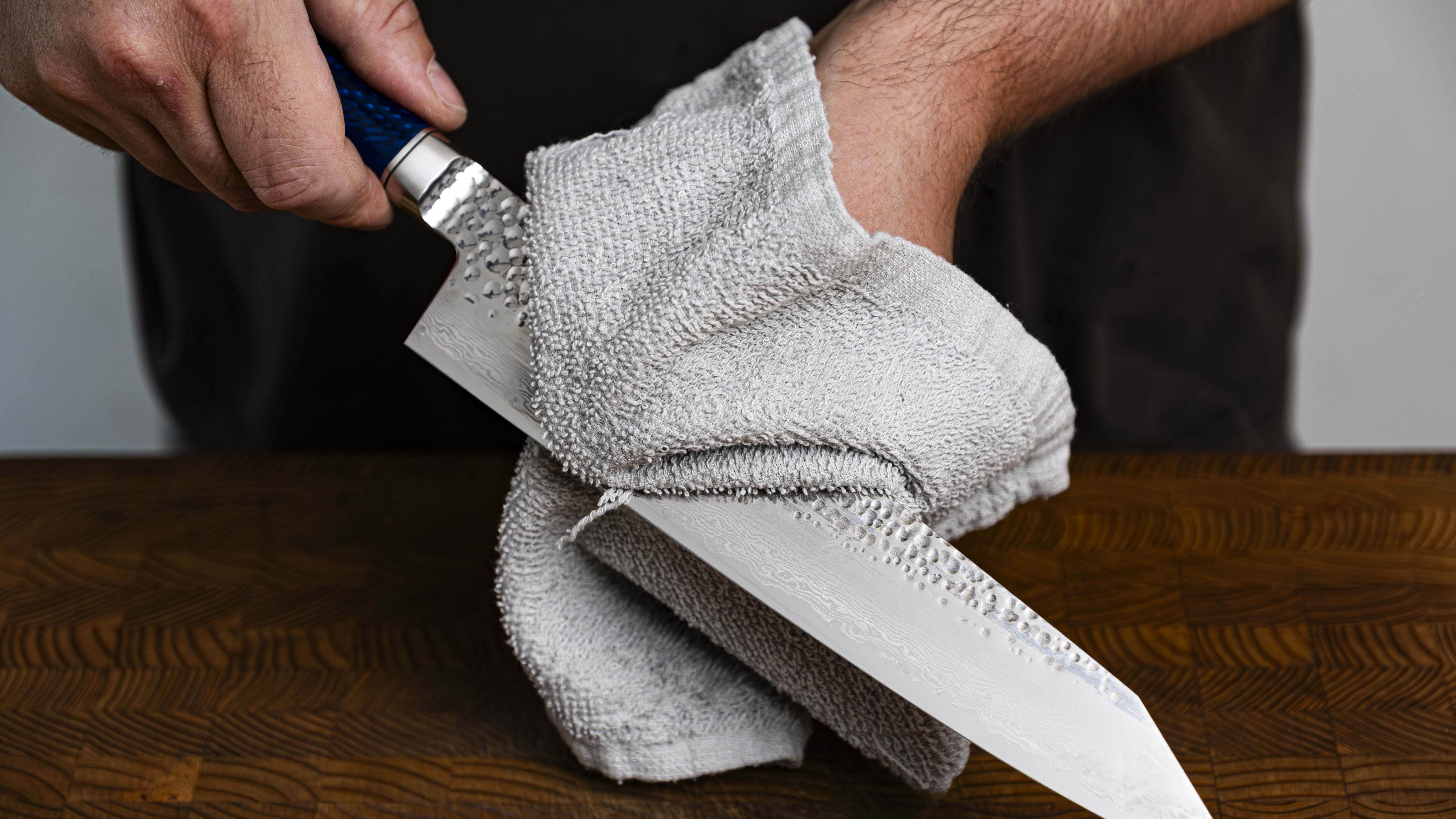

LOW MAINTENANCE
Stainless steel Japanese knives are made in a process called “Sanmai” or “Forge welding” where two softer layers of stainless steel are laminated around a harder core layer of stainless steel. All three of these layers are rust resistant and therefore are not susceptible to rust or discoloration. The softer outer layers of steel are used to make the knife more durable and flexible while the harder core layer is used to provide better edge retention to the blade.

Master Blacksmith Yu Kurosaki works out of a newly constructed shop just steps from the Takefu knife Village community centre in Echizen City, Fukui Prefecture, Japan. He began his blacksmith journey in 2002 at Kanehiro Hamono, apprenticing under master blacksmith Hiroshi Kato-san (Traditional Master Craftsman, or “Dentou-kougeishi”, with over 50 years experience). 17 years later, he became the youngest blacksmith to be awarded the same Traditional Master Craftsman honour bestowed upon his mentor. His knives represent the future of blacksmithing in Japan, as he focuses on traditional techniques while using innovative and progressive designs and finishes that have garnered the attention of many chefs around the globe. Simply put, his knives are stunning to look at and perform even better than they look.
